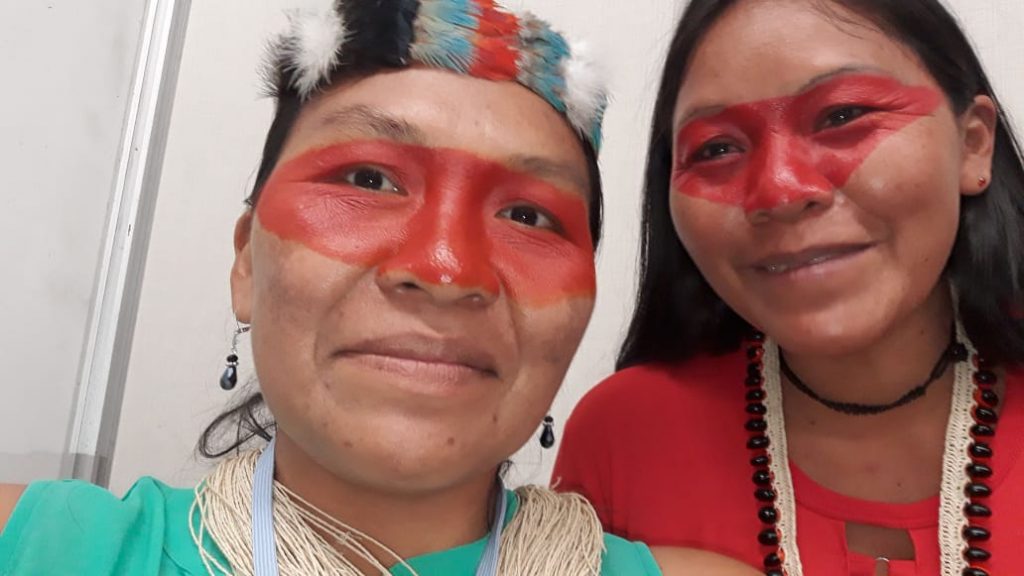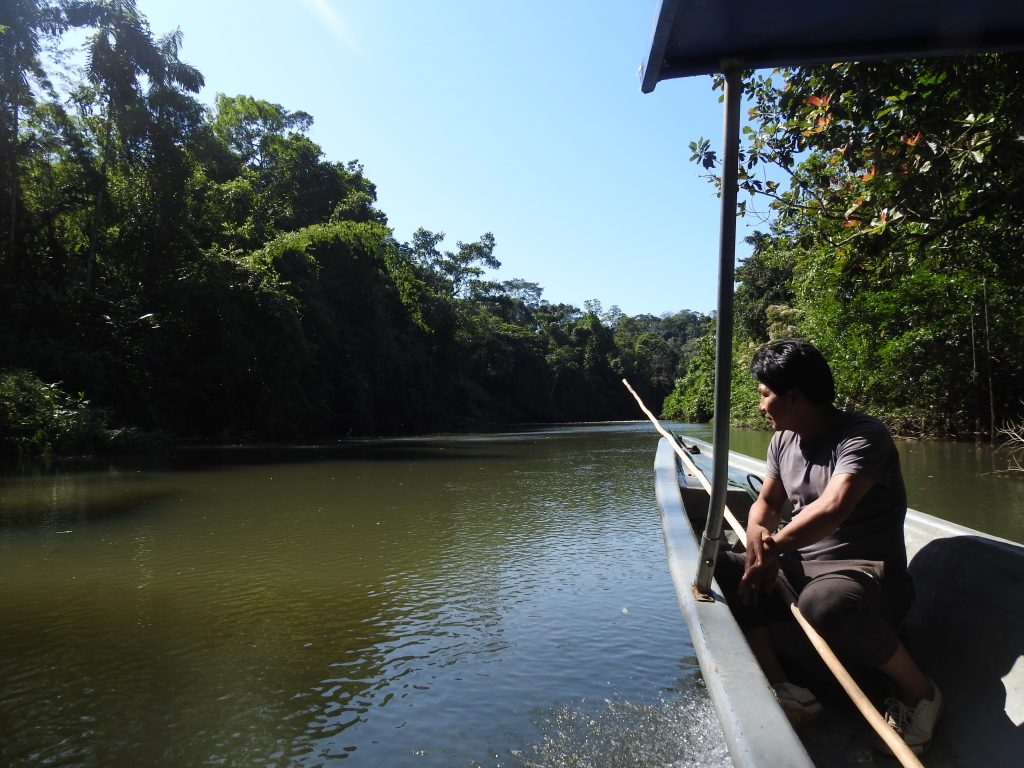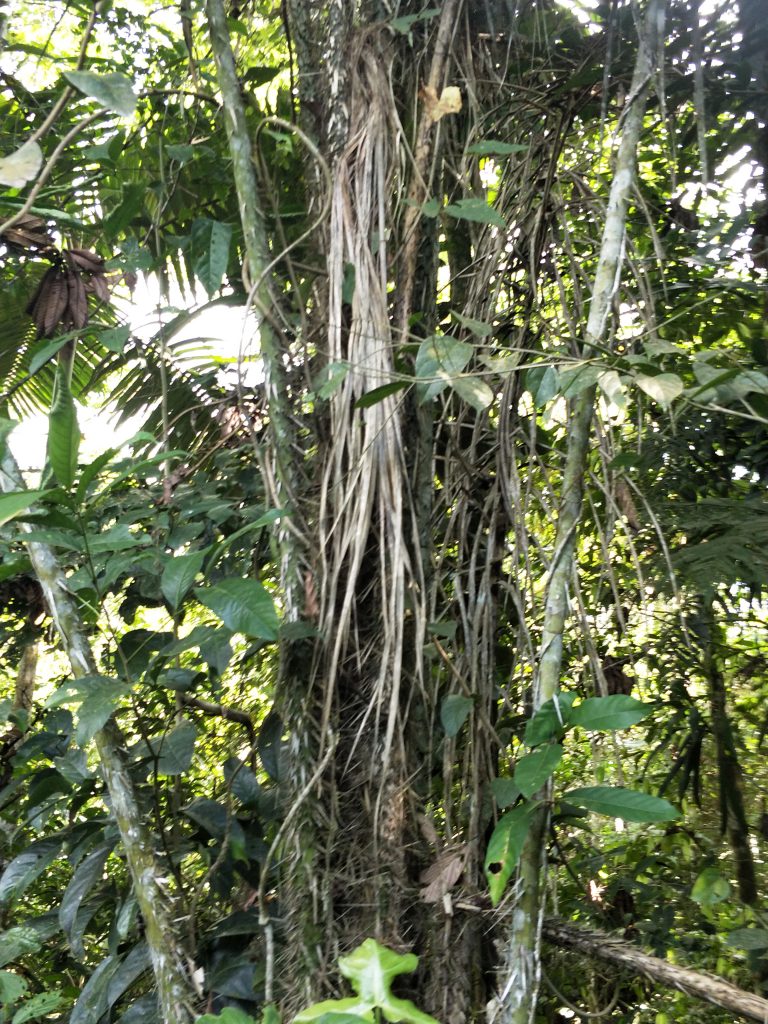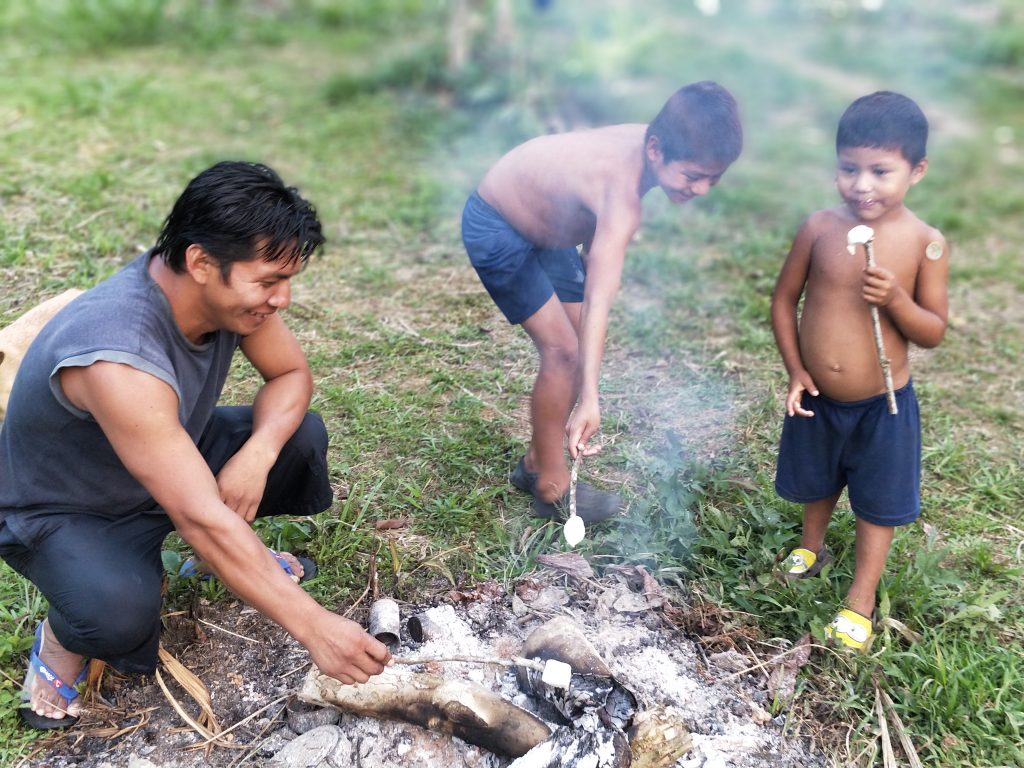The Waorani people are native Amerindians from the Amazonian region of Ecuador. Contact was first made with this indigenous tribe in the 1950’s, initial contact was not well received by the Waorani who were wary of outsiders. Throughout the years, though things have improved there remains a lot of distrust towards established associations and the outside world who they see as trying to interfere with their way of life. Over the years there has also been internal conflict which has divided the Waorani people, there used to be 80-100 families all living in the same region, that number has now significantly diminished – a divide has come about due to attitudes towards how the developed world should impact the Waorani way of life.

Today there are around 4000 Waorani people and they have largely shifted from a hunting gathering society to live mostly in permanent forest settlements, five of the Waorani communities have rejected all contact with the outside world and remain in some even more isolated areas than even TMAC have been able to reach. Their homelands, as with many of the Amazonian tribes are threatened by oil exploration and illegal logging practises.
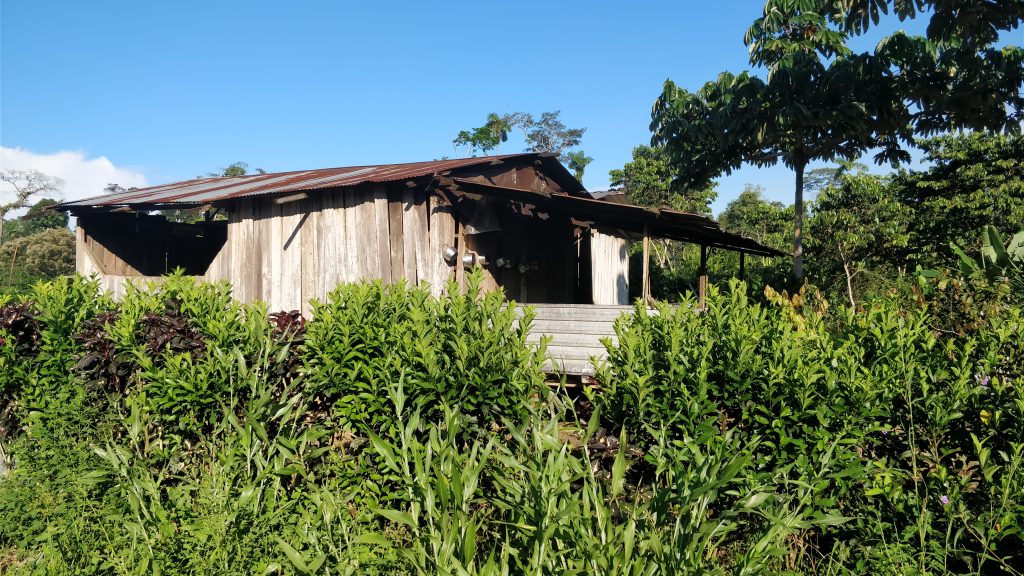
Between 1999 – 2005 a road was built which created access for these remote communities to the western world but along with this, communities were displaced to reach better access and petrol companies bribed them with houses to move them from desirable lands The closest city and they main settlement where the Waorani have their ‘capital’ which is in Puyo in the eastern Amazonian rainforests of Ecuador. The closest river to the Huaorani is called the Noshino which can rise up to the 10m and the closest market is a 3 hour walk. You can imagine the implications that these distances have on managing a way of life.
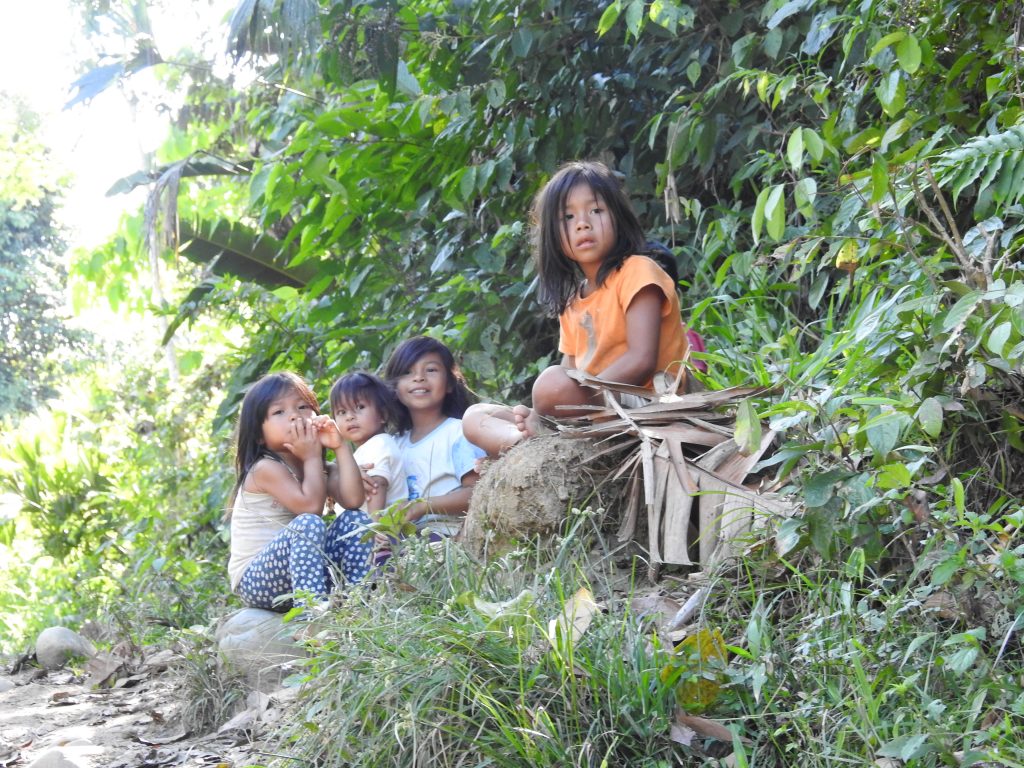
The role of women within the Waorani is an interesting one; Historically men would be responsible to make weapons, hunt and gather while women would be responsible for looking after the elderly, sing, make arts and crafts and create ceramics etc. It is not mandatory for Waorani children, and for those that do the prioritised subjects have changed – Maths and Spanish are part of the curriculum but the Waronai also want to ensure the traditional ways of life are still taught such as crafts and ancient languages. When it comes to higher education there is an ongoing power struggle between men and women who want to go to university, men argue that women can’t manage at university on themselves without being married.
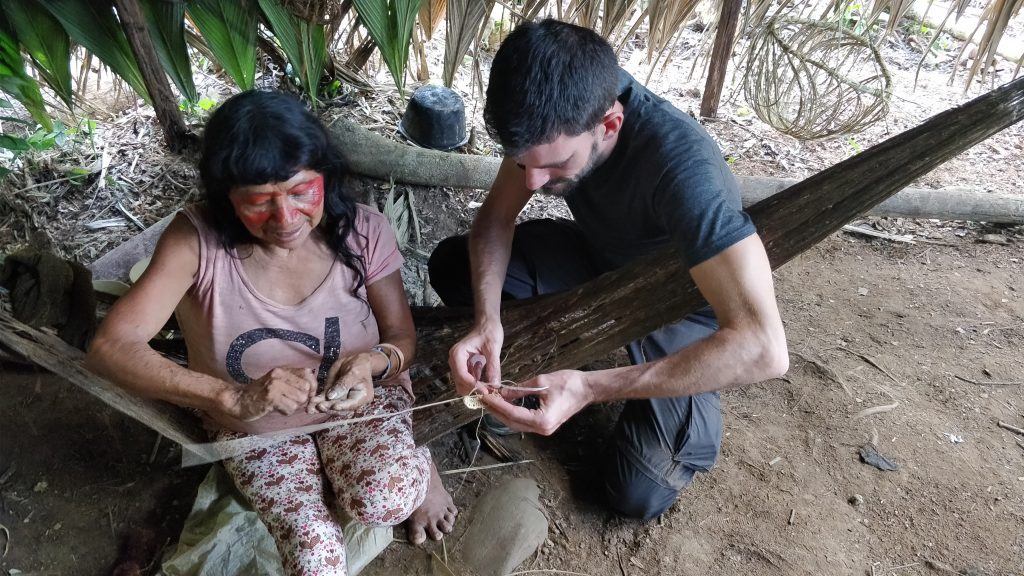

There is one medical centre in the community. When a woman becomes pregnant the pregnancy is monitored within the community but most women head into the city to actually give birth – most pregnancies are carried out as natural births. The Waorani still maintain many traditional medicinal rituals, including the use of stinging nettles as an anesthetic and to reduce pain. At first menstruation Waorani women are made to sit on nettles – this though stings is meant to reduce future pain.
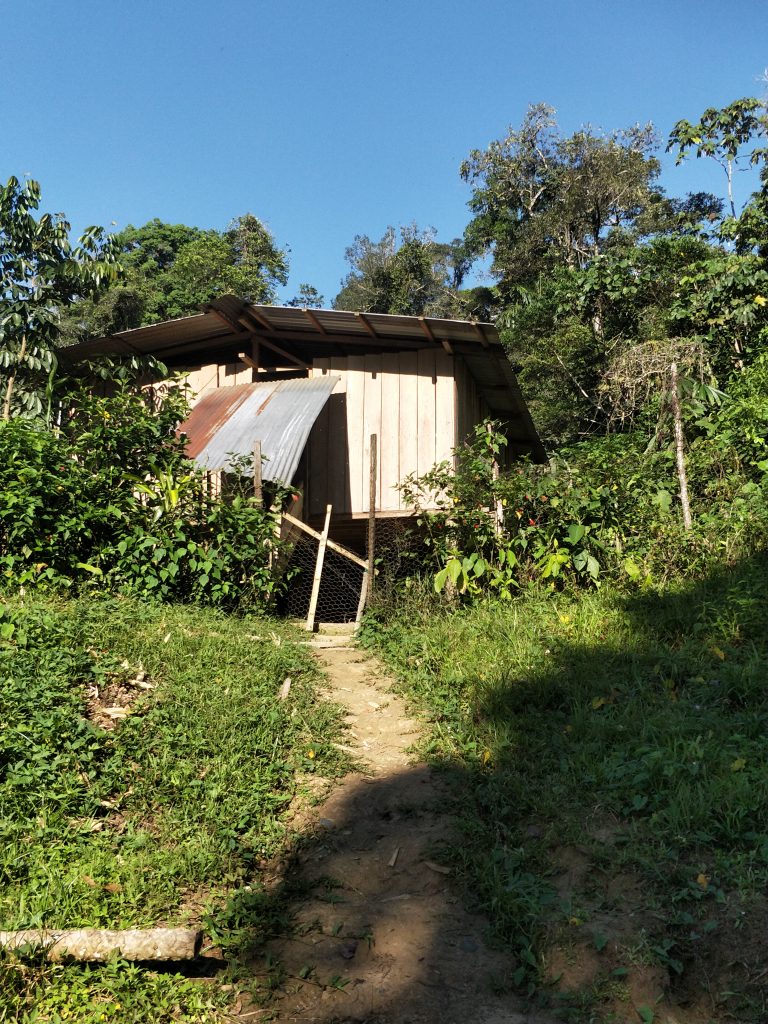
Religion plays a big part within the Waorani Society, the majority of the Waorani people are Catholic and believe in God. Catholicism was brought to them in the 50’s and many of the Waorani people were converted.
What do the Waorani make? When it comes to products one of their largest exports is chocolate! They are taught from a young age how to cultivate cocoa and turn it into deliciously rich chocolate. They use materials from the forests to make string bags, weave baskets and a range of different jewelry. If you’re interested in seeing some of their products you can head over to the TMAC Boutique where we sell all sorts of exciting and unique Waorani pieces.
